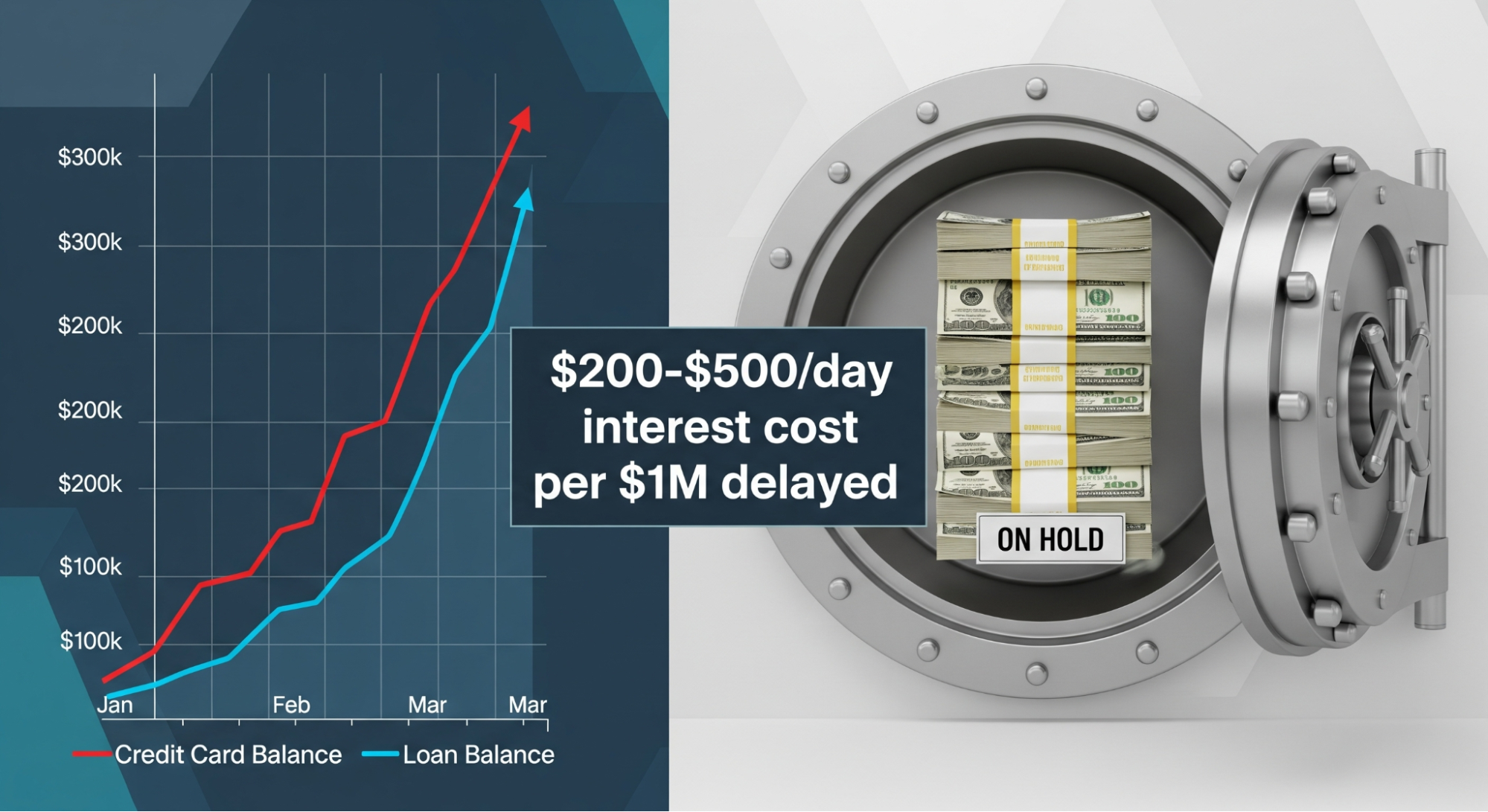
Arjun Gupta
November 18, 2024
.avif)
TABLE OF CONTENTS
Why wait when there are people eager to e-meet you?
Let's meet, greet, and discuss
Imagine a world where receiving payments is as seamless as a single click—where businesses can focus on growth and innovation instead of getting bogged down by tedious financial processes. Inbound payments automation is transforming this vision into reality, streamlining the way companies handle transactions and interact with their customers. As digital payment methods become increasingly prevalent, the need for efficient, secure, and automated systems has never been more critical. In this blog, we’ll explore the ins and outs of inbound payments automation, uncover its significant benefits, discuss the challenges it addresses, and highlight how solutions like REDA Pay are helping businesses navigate this new landscape. Join us as we delve into how automating payment processes can not only enhance operational efficiency but also elevate customer experiences in today’s competitive marketplace.
Inbound payments automation refers to the use of technology and software systems to automate the processes of receiving and managing payments from customers. This encompasses various payment methods, including credit card transactions, bank transfers, checks, and electronic payments. The core objectives are to reduce manual intervention, minimize errors, and expedite transactions—ultimately improving cash flow and enhancing customer satisfaction.
“The Institute of Financial Operations reported that organizations that automate their accounts payable processes can achieve a 60% reduction in processing costs.”
The process typically involves several stages:

Despite its numerous benefits, inbound payments automation does come with challenges that businesses must navigate:


REDA Pay is an advanced payment processing solution designed to enhance inbound payments automation. Here’s how it can support your business in streamlining payment processes:
“The Institute of Financial Operations reported that organizations that automate their accounts payable processes can achieve a 60% reduction in processing costs.”
“According to a study by McKinsey, companies that automate their payment processes can reduce processing time by up to 90%, allowing finance teams to focus on strategic tasks rather than manual data entry.”
“According to a study by Salesforce, 76% of customers expect companies to understand their needs and expectations, making streamlined payment processes critical for enhancing customer satisfaction.”
Inbound payments automation can be applied in various transactional scenarios, illustrating its versatility across different industries:

These diverse applications demonstrate how inbound payments automation enhances operational efficiency and customer satisfaction across various sectors.
In summary, inbound payments automation is no longer just a luxury; it has become a necessity for businesses striving to remain competitive in an increasingly digital landscape. By addressing the challenges associated with traditional payment processing, automation fosters greater efficiency, accuracy, and enhanced customer experiences. Solutions like REDA Pay make it easier for businesses to embrace this transformation, ensuring they can adapt to evolving market demands while providing a seamless payment experience.











.jpg)


.png)
.png)




